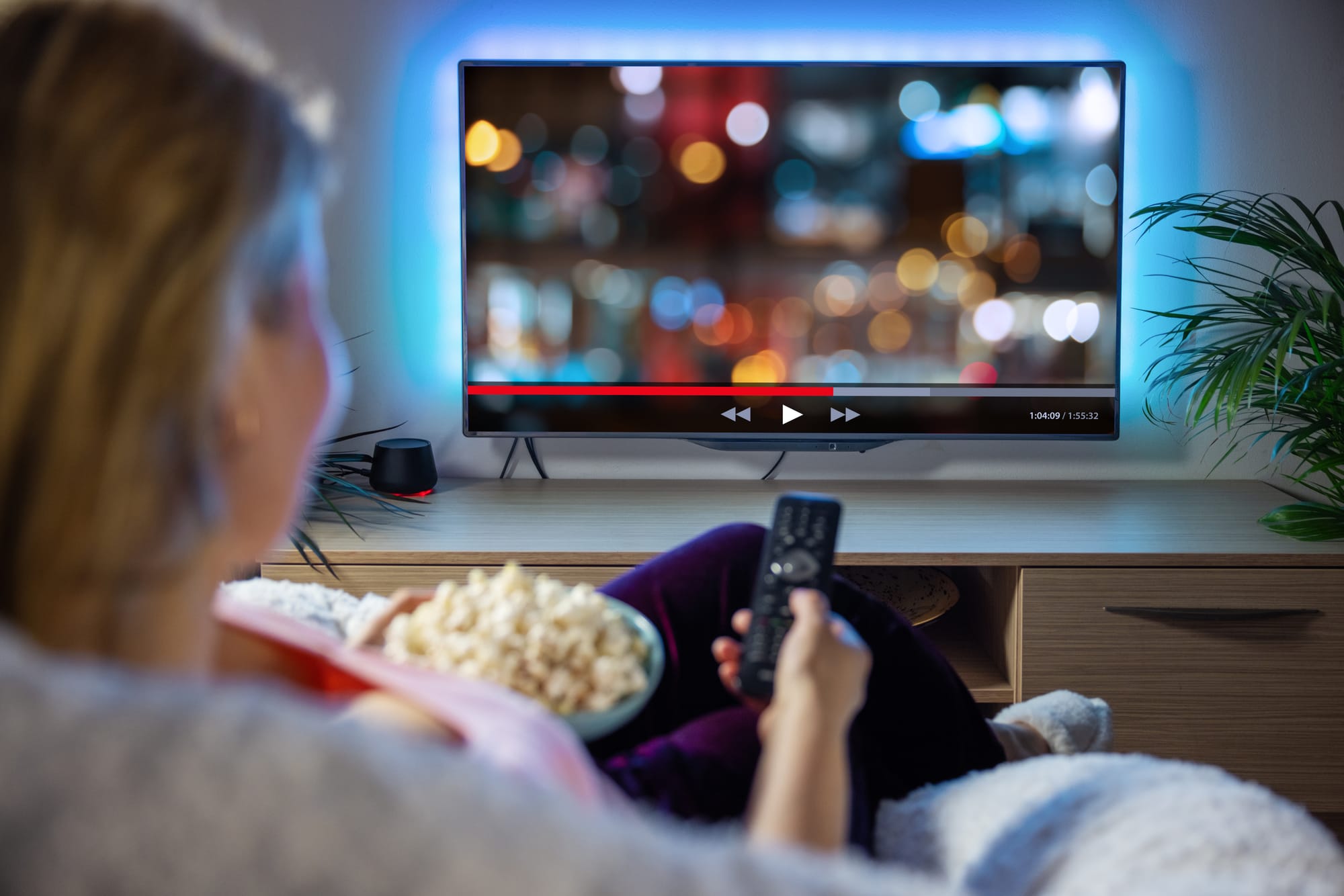Suggestions for Hearing the TV

September 2024
In this month’s article I would like to discuss suggestions for helping to hear the TV. Initially my hearing loss was moderate. At that point I could hear the TV fine as long as I wore my hearing aids. But as time went on and my hearing loss became more pronounced, I started using closed captions. Closed captions are a useful tool but are a challenge during live programs such as the news due to the delay in the caption display. Another frustration with captions is that they can get cutoff at the start of commercial breaks. Captions are very helpful when watching movies or previously recorded shows.
Early in my hearing loss journey I was fortunate that we had a dedicated theater room in our previous home. The room had very good acoustics and a great sound system. As my hearing loss got worse I spent more time watching TV in that room. Unfortunately many of the homes here in Saddlebrooke have poor acoustics due to high ceilings and hard surface floors.
If I wanted to use my treadmill while watching TV, I used a set of wireless headphones. The transmitting base plugged directly into my television's headphone jack. One popular brand is TV Ears which uses infrared light to transmit the sound signal from the transmission base to the headset. TV Ears may be a useful option for those with mild hearing loss.
I now rely on a TV streamer. I use a TV streamer that is compatible with my hearing aid cochlear implant combination. It is the Phonak TV Connector. The sound quality is outstanding and it is possible for my wife to listen at the same time. I have a TV connector for each of our TVs. In both cases I connect to the TV’s optical digital audio output. In one case I need to use an optical splitter since that TV uses a sound bar. By using the splitter my wife can listen via the sound bar. While the Phonak TV connector only works with Phonak devices other manufacturers offer similar streamers.
Bluetooth is another potential option if your smart TV has Bluetooth capabilities. You can pair it directly to your Bluetooth-enabled hearing aid. This provides a seamless audio streaming experience without the need for additional accessories. If your TV doesn’t have Bluetooth, the Avantree Audicast Bluetooth 5.3 Audio Transmitter for TV is an inexpensive option for adding Bluetooth capability to a non-Bluetooth TV. It is available from Amazon.
Finally, Induction loops, or neckloops, have been available for a long time. An induction loop sets up a magnetic field that can be picked up by hearing aids with telecoils. These systems may connect to the audio via the jack on your television or with a small microphone placed near the speaker of your television.
If you have comments regarding this article, my contact email is tgaule@outlook.com.